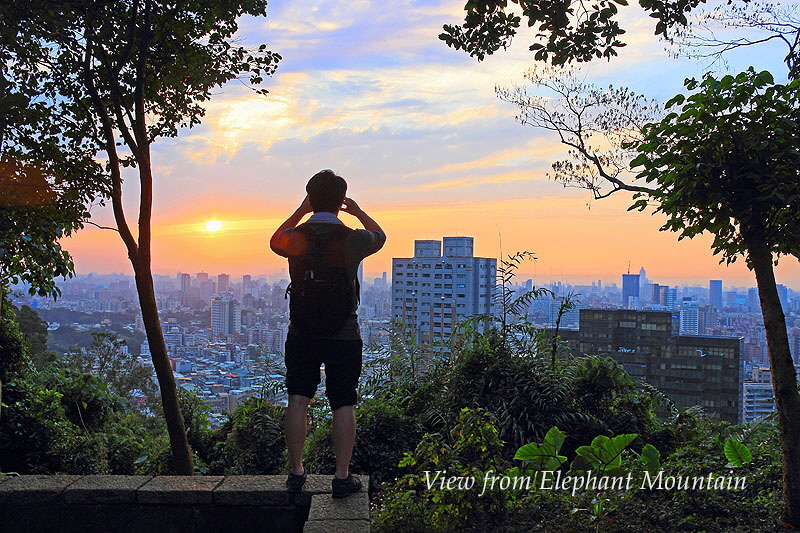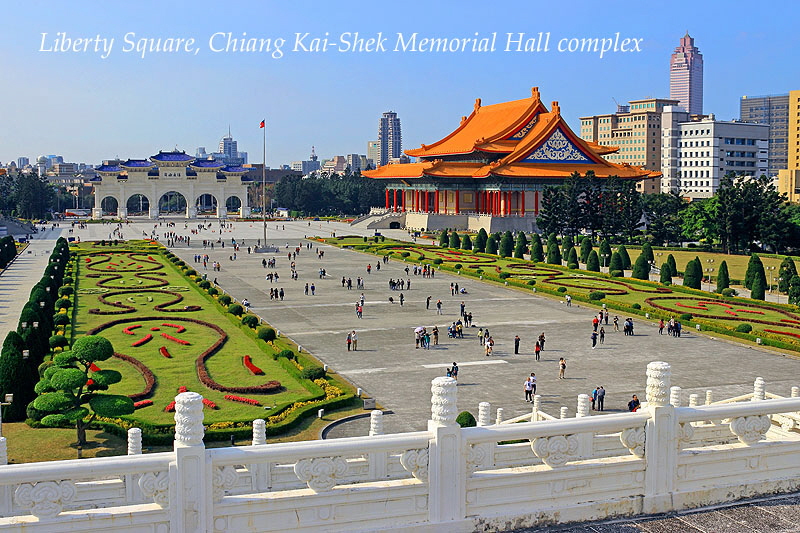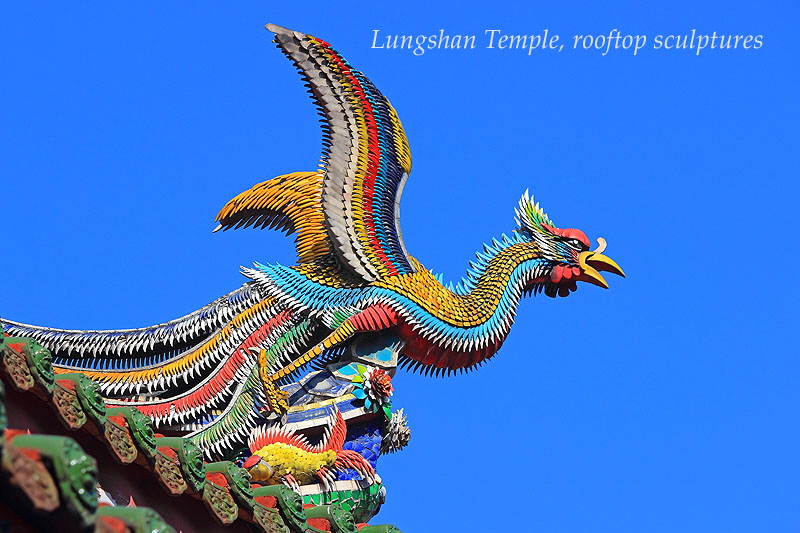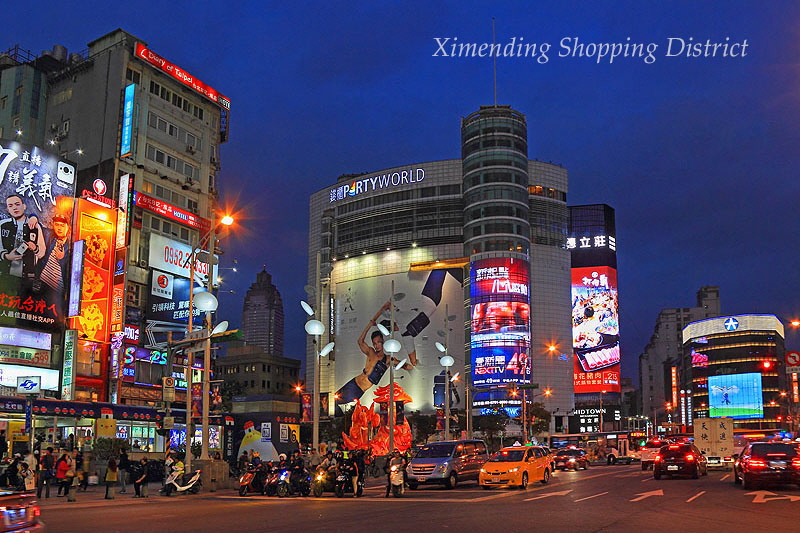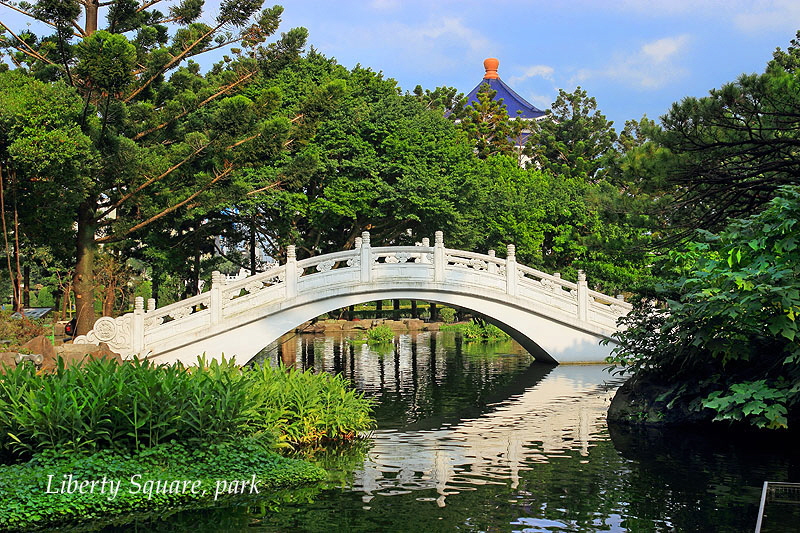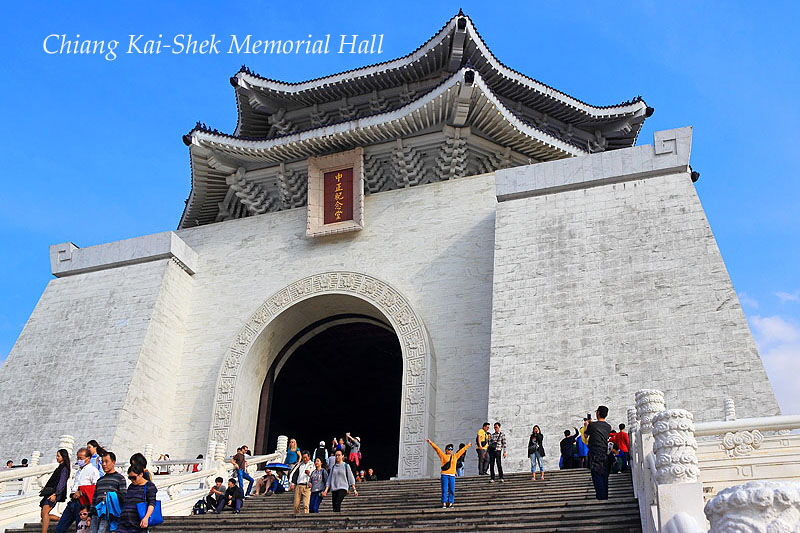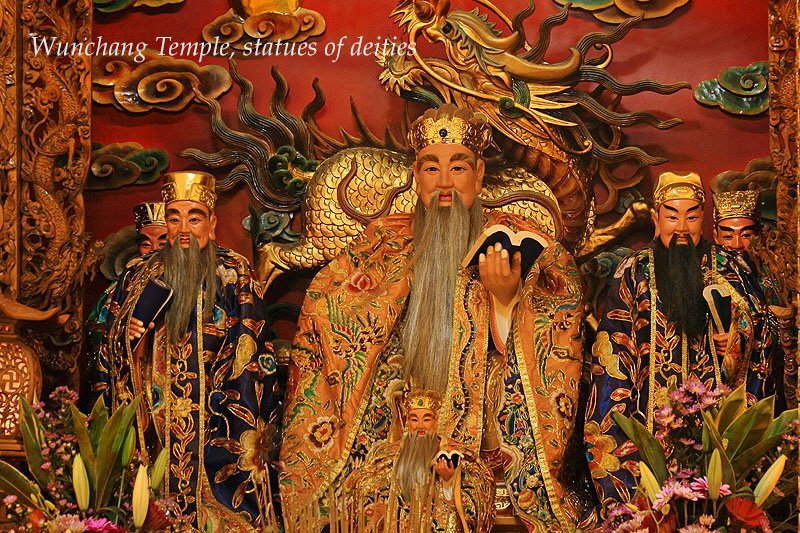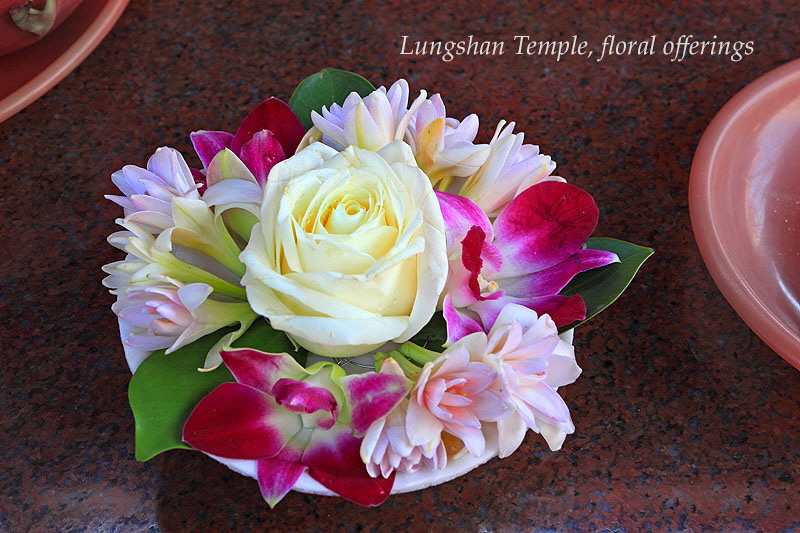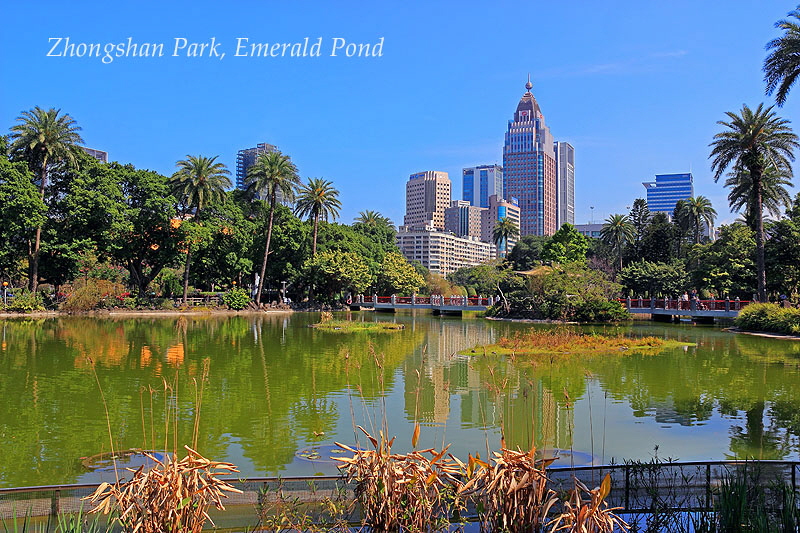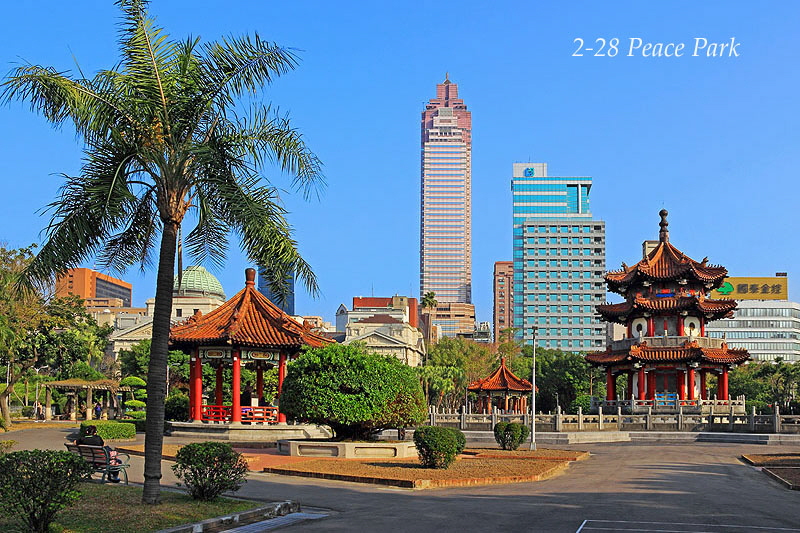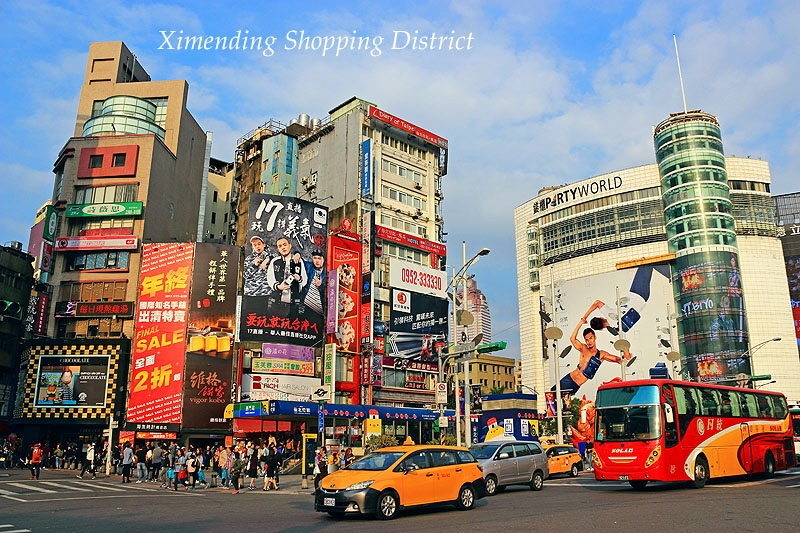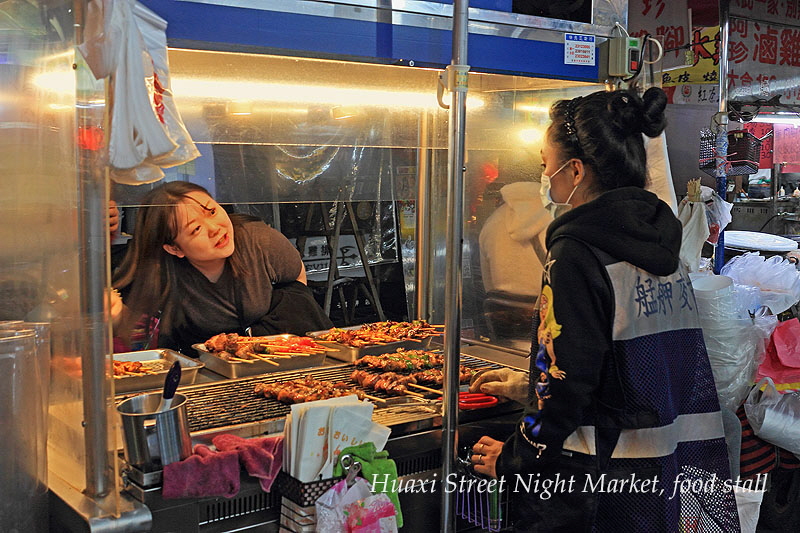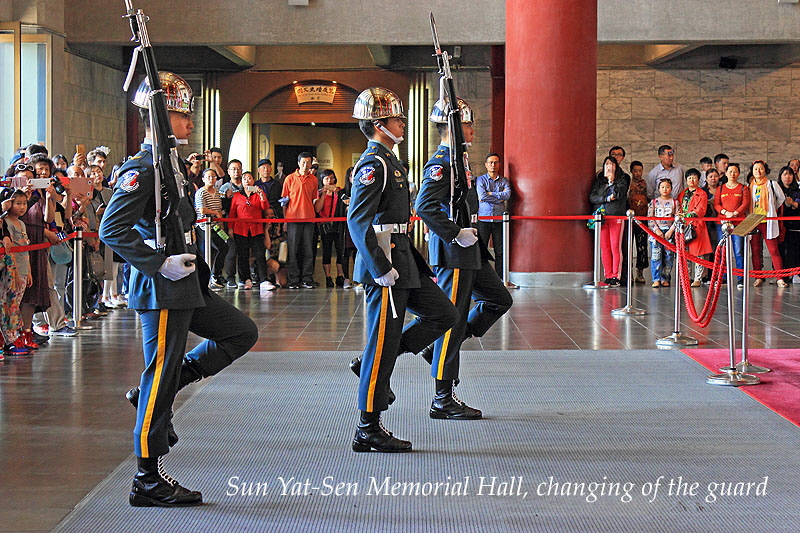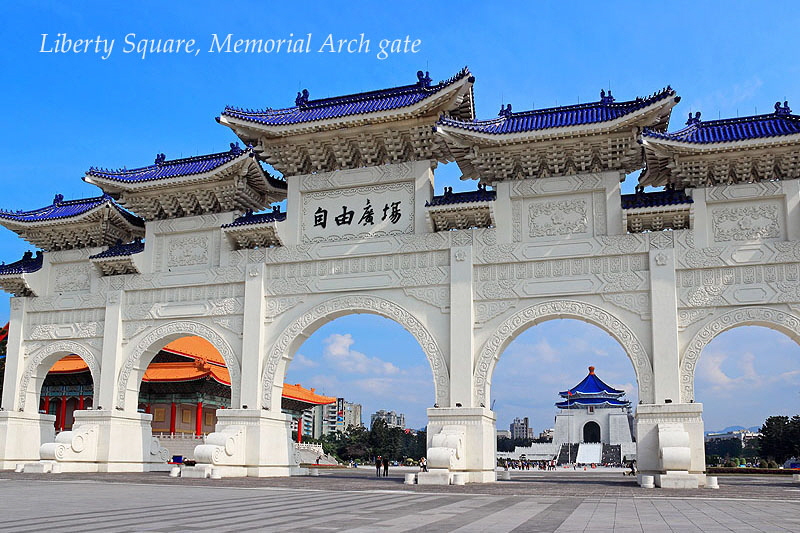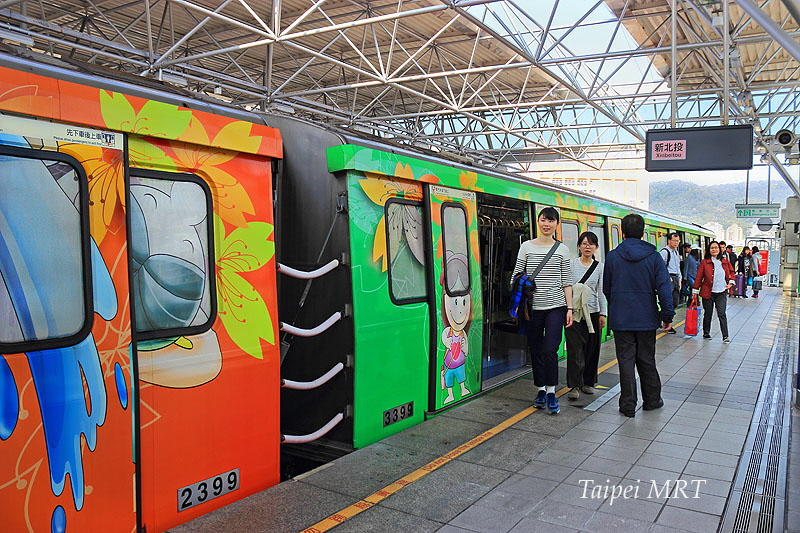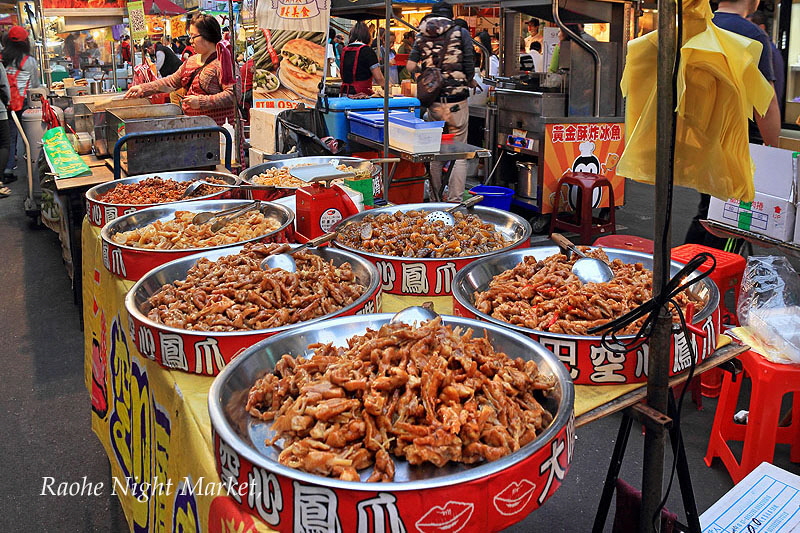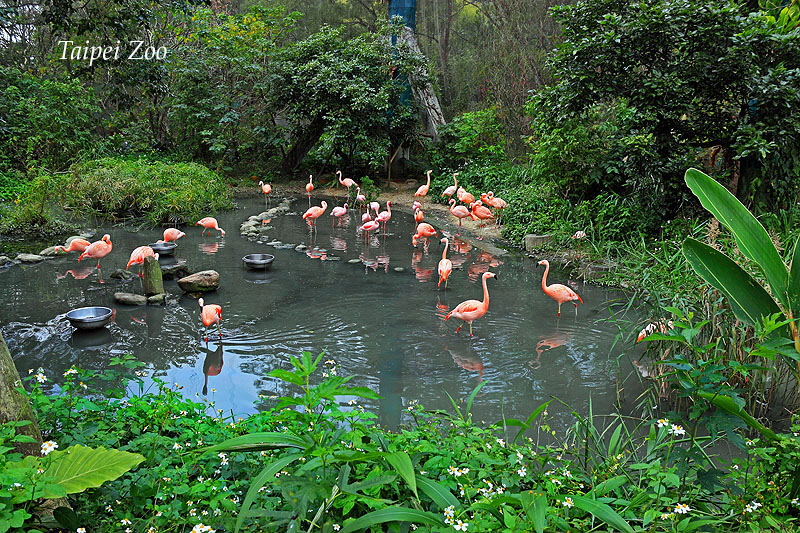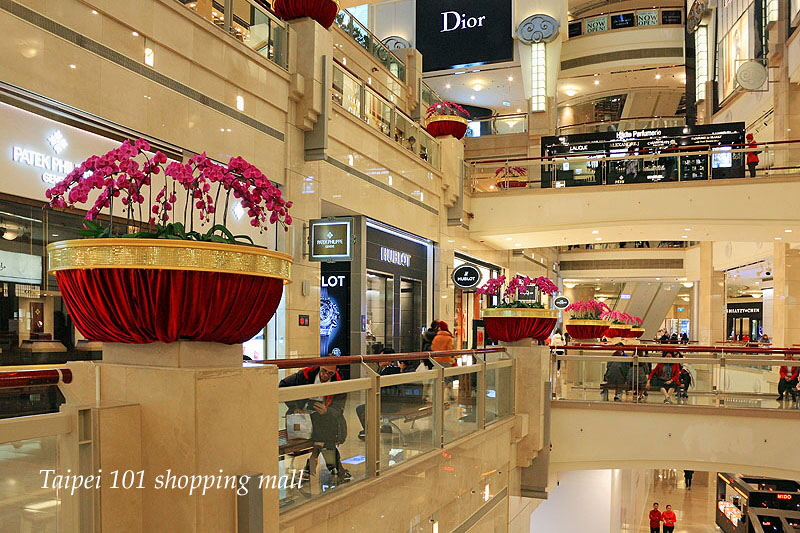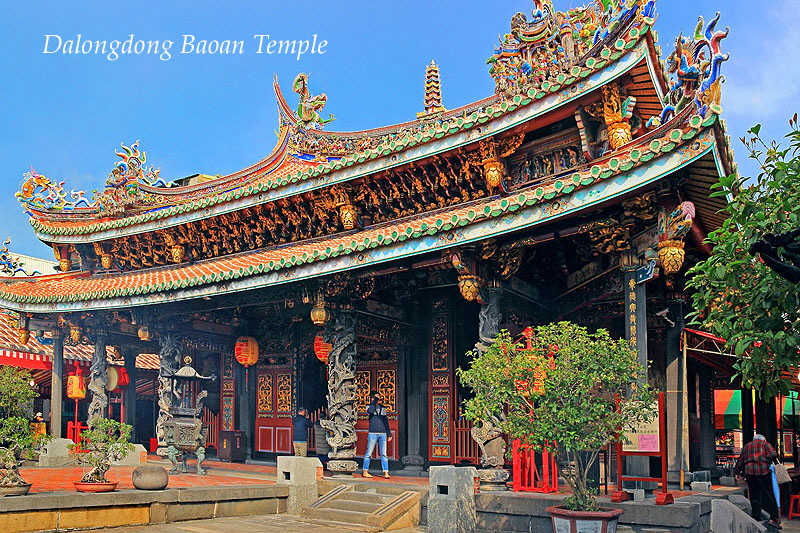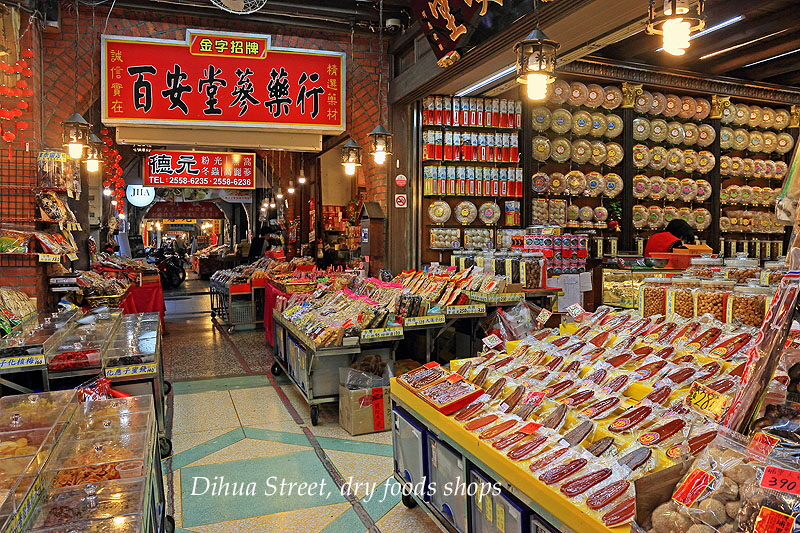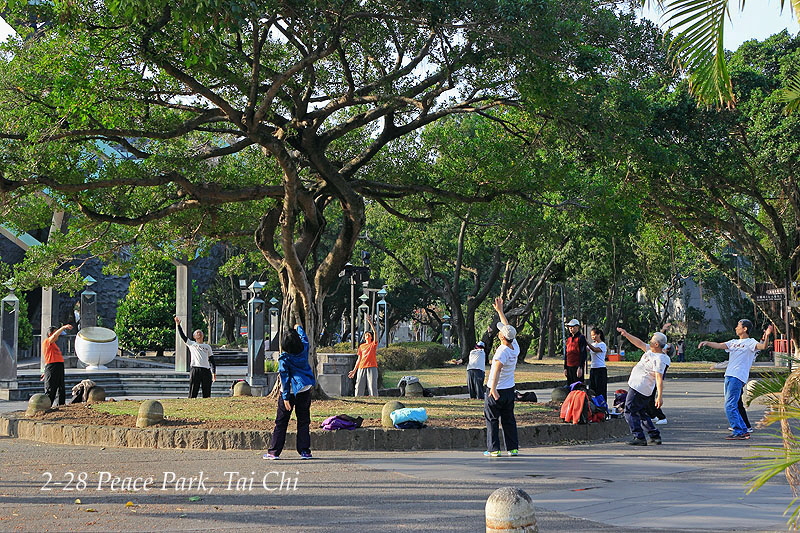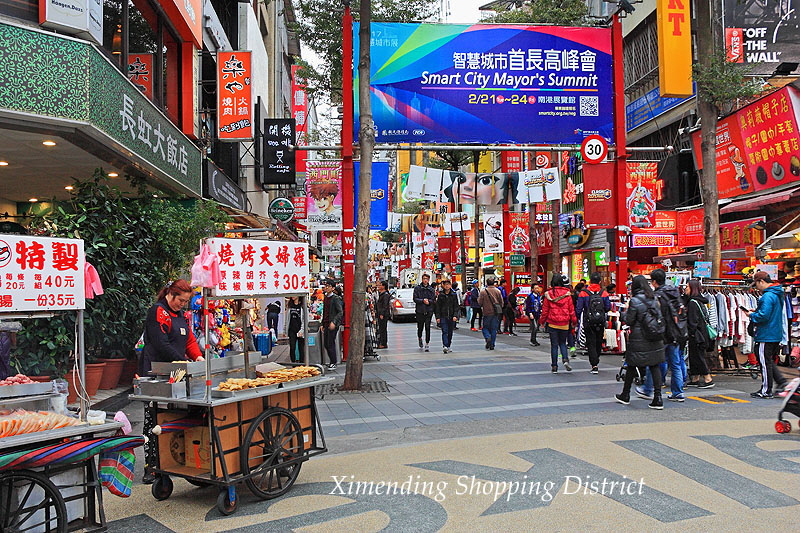Liberty Square, Memorial Arch Gateway
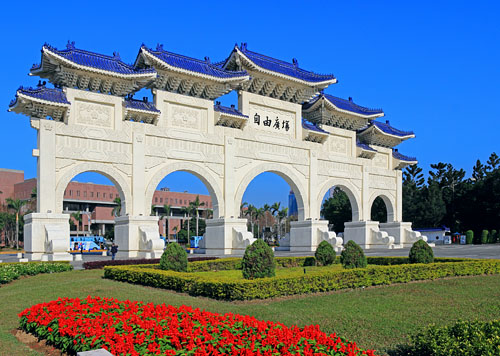
When planning a city holiday in the Far East, Taipei does not immediately come to mind. Yet, this often overlooked metropolis is a treasure-trove of fabulous sights, beautiful temples, and for foodie lovers, an inimitable culinary experience.
A taste of Taipei’s
culture and cuisine
Rather than delving into city’s history, my journey is more of a photo essay of what the visitor may enjoy in a short stay, as well as those on a two week holiday. Taipei’s added advantage is that you won’t find throngs of tourists converging on the popular sights like they do in other major cities in Asia.
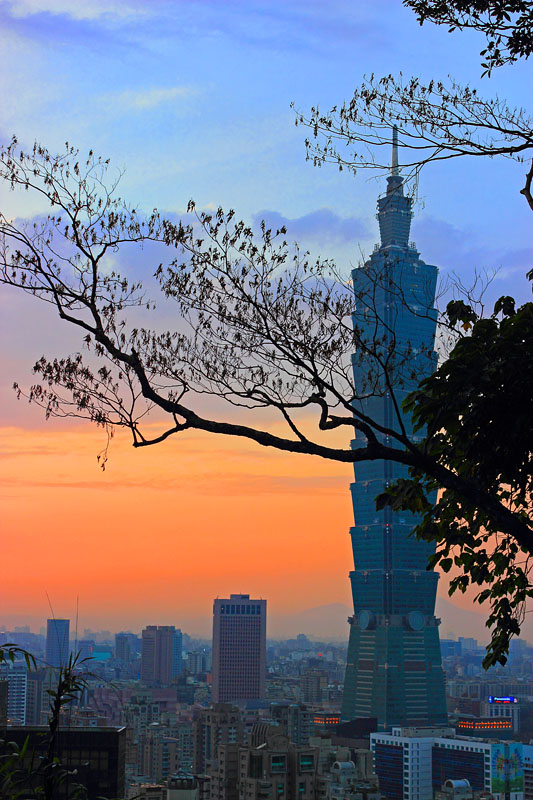
Taipei 101 skyscraper
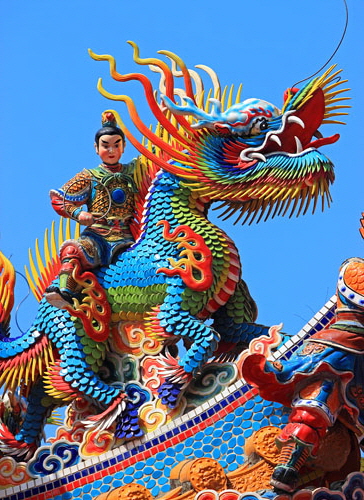

Although it’s the capital city, it’s not the largest city in Taiwan. With a population of 2.7 million, it nestles in a valley surrounded by hills and mountains. While it’s a modern city with its famous skyscraper - Taipei 101 (the world’s tallest from 2003-2010), it’s also a place with gorgeous temples, parks, monuments, and has a cable car ride up the mountain where you can be in Tea growing country.
Taipei is one of the easiest, safe and enjoyable cities to explore, and with a super-efficient public transport system, getting around is a doddle.

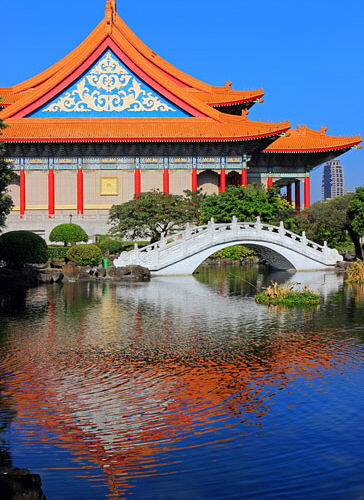
Chiang-Kai-Shek Memorial Hall
A good place to start, and where most overseas visitors flock to, is right in the heart of the city in Liberty Square - the Chiang Kai-Shek Memorial Hall, (built in memory of the former president of the Republic of China). It is the most famous landmark in Taipei. The iconic white marble building with its blue roofs sits amidst vast beautifully landscaped gardens full with flowers, ponds, ornamental bridge and waterfalls. In the gardens are also the National Theatre and National Concert Hall buildings and museum.
Enter through the magnificent Memorial Arch Gateway, for a fine view beyond, then proceed up the steps of the memorial hall and look back for another scenic view. Inside the hall, the elaborate changing of the guard ceremony takes place every hour. I was lucky to be there for the first ceremony at 9 am, before the crowds began to arrive. It’s easy to spend a couple of hours here and take time strolling around the gardens.
Changing of the guard
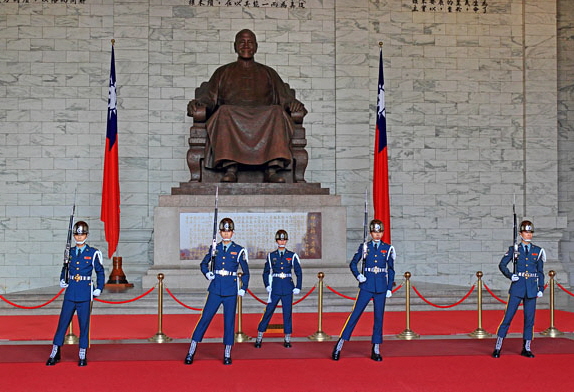
Sun Yat-Sen Memorial Hall
Zhongshan Park, Emerald Lake
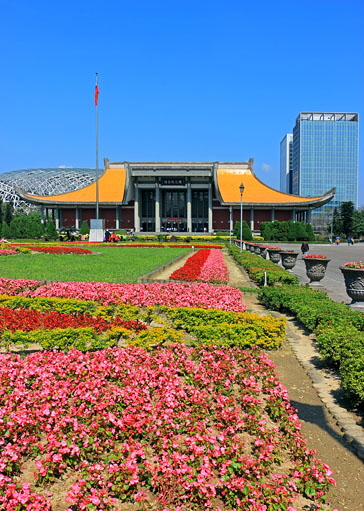
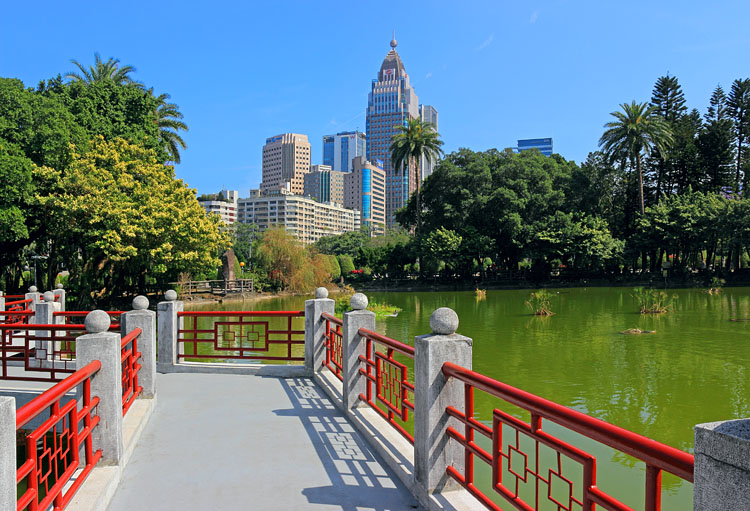
Peace Park, Chinese Pond Heron
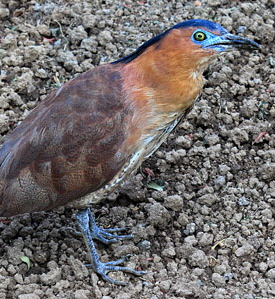
The less crowded, but just as impressive changing of the guard ceremony, is at Dr Sun Yat-Sen Memorial Hall. The huge building from outside resembles a palace or temple, and was built to commemorate him - the founding father of China. Inside the building there is a museum, concert hall, library and exhibition halls. The landscaped gardens outside is ideal for family picnics, and the adjacent Zhongshan Park and Emerald Pond are lovely areas to meander.
There are so many green spaces and parks, it’s better to be selective if time is not on your side. The 2-28 Peace Park (aka Taipei New Park) is a quiet place to relax and enjoy the lovely pathways, pavilion, ponds and see some bird life. Come early morning, and you can watch people practising Tai Chi. However, this small park has a sombre feel, as it is also a memorial site in recognition of the 1996 killings known as the 2-28 incident, and there is a monument and museum to mark the event. Nearby take a quick look at the Presidential Office building - it’s an elegant Baroque style building.
Presidential Office
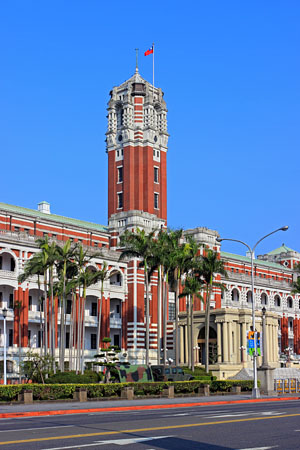
Peace Park
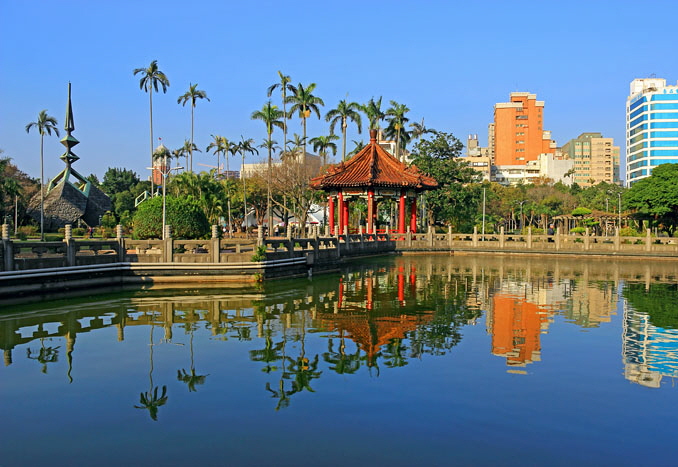
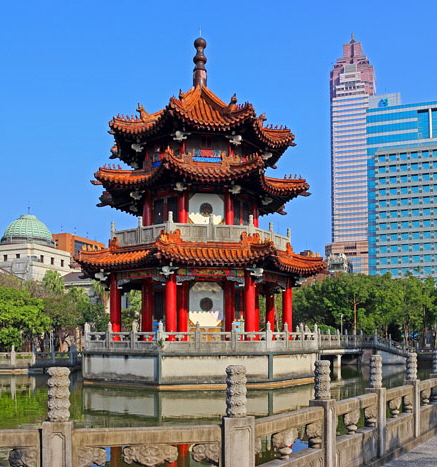
I love Taipei’s amazing temples
Whether it’s Hindu, Christian, Muslim or Buddhist, for a visitor, places of worship are essential places to observe, respect and enjoy the diversity of people’s beliefs and cultures. The older and more historic these places are, the more attractive, and inviting they are. And Taipei has an amazing number of temples. I visited many, and the few mentioned here are my favourites. Google them and you’ll find they are easily accessible.
Songshan Ciyou Temple
Songshan Ciyou Temple
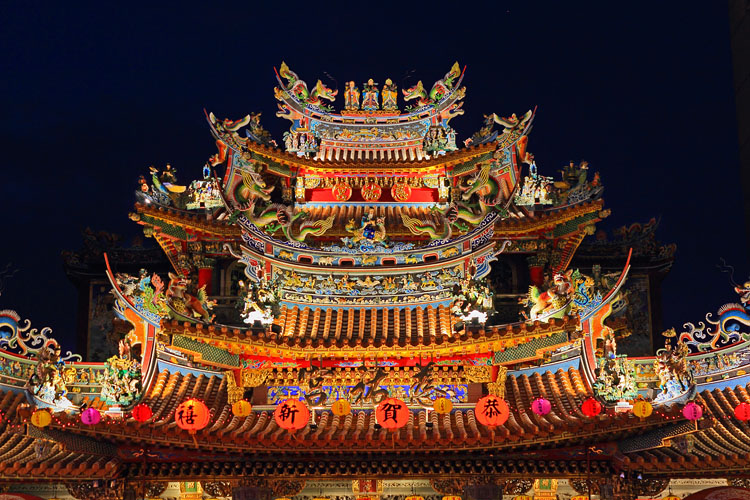
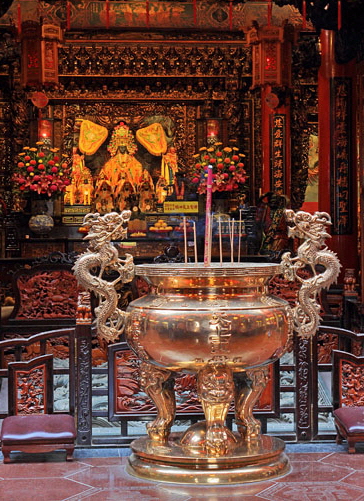
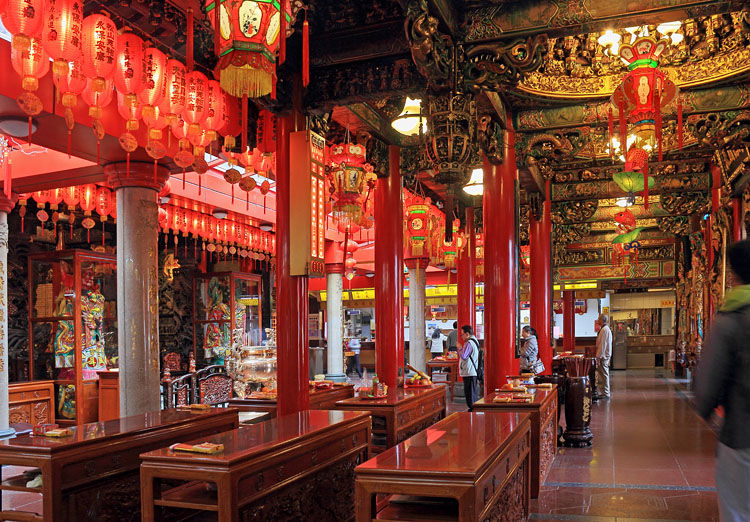
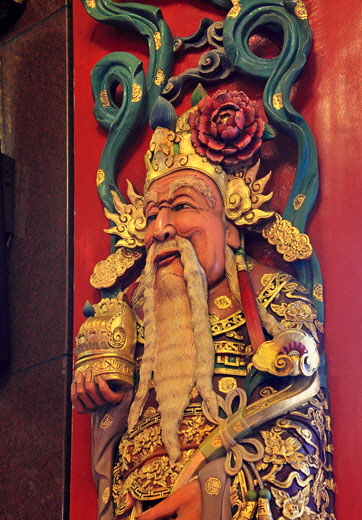
Songshan Ciyou Temple
Right by Raohe Street Market, this 18th century folk temple is dedicated to the sea goddess Mazu. The elaborate entrance facade alone will draw you into explore the fascinating interior. It’s big too, with three tiers and six floors, and the roof ridges are covered with gorgeous colourful sculptures and dragons. Inside, the huge main shrine hall is full of statues of deities. I visited the temple both during the day and at night, and both times it was busy, and the thousands of lanterns and burning joss sticks, along with worshippers make the atmosphere wonderfully lively.
Lungshan Temple
It’s one of the famous religious and historic sites in Taipei. It’s a three section layout, with front, middle and rear halls, and a lovely courtyard with huge incense burner censers. The entrance to the halls have intricately carved wooden pillars. The roof tops are also full of colourful sculptures of dragons, mythical animals and birds. The shrine halls have numerous statues of various gods and deities. The courtyard is a nice area to sit around beside the many worshippers reading scriptures. As it’s also a major tourist attraction, the temple gets crowded, and even though I arrived early, around 7 am, an hour later, the place got congested.
Worshippers reading scriptures
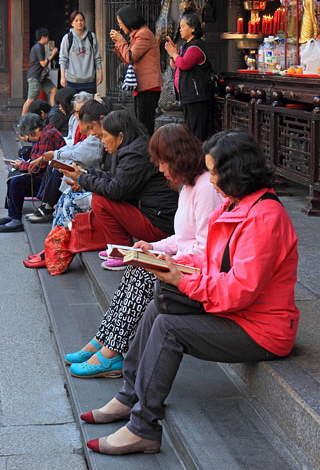
Lungshan Temple
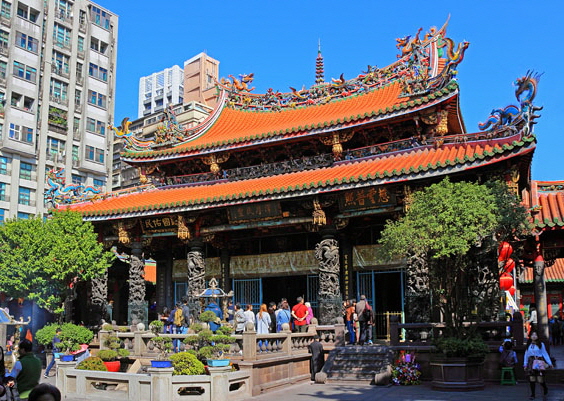
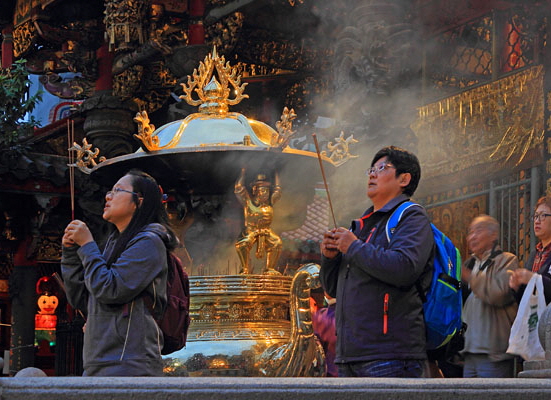
Confucius Temple
As a symbol of Confucian culture, this temple is unlike any others I visited. Don’t expect the elaborate buildings, numerous statues, and sounds of gongs. This is a serene place, in contrast to other temples. Once you enter through the ‘Yimen Gate’ you come into a large stone courtyard, and in the middle is the ‘Dacheng Hall’ (main shrine hall). Although the inside is simply designed, it does have a splendid ceiling with intricate carvings.
Confucius Temple
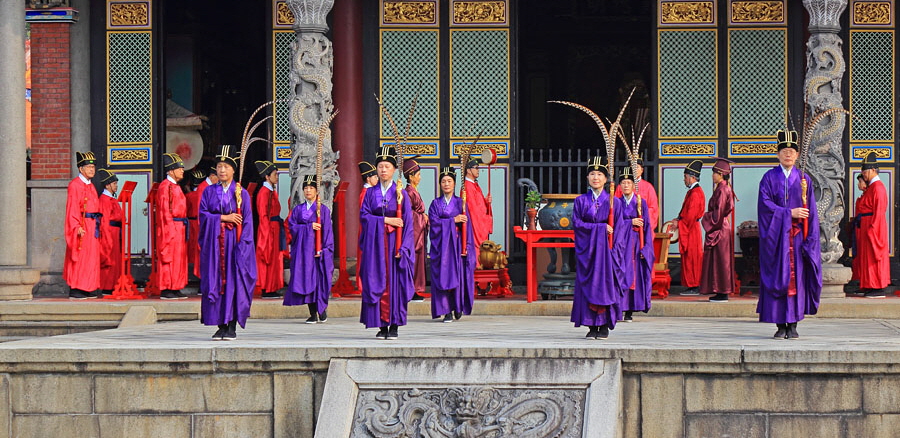
Best of all, I was there Saturday morning, unaware that the ‘Circling the Temple Ritual’ and dance performance by 30 or so persons was about to begin. Dressed in colourful traditional attire, carrying ceremonial instruments and staffs, and performing in gentle movements, it was a delight to watch.
If you are keen on temples as I am, here are a few of the many others I visited, and highly recommend: Cisheng Temple, with food court in temple courtyard, Dalongdong Baoan Temple, with tons of colourful statues and carving, and Wunchang Temple, with the lively Shuanglian Market nearby.
Confucius Temple, ceiling work
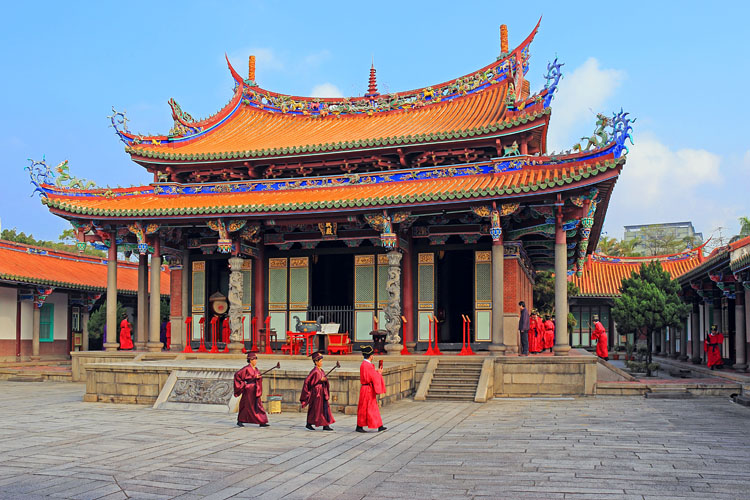
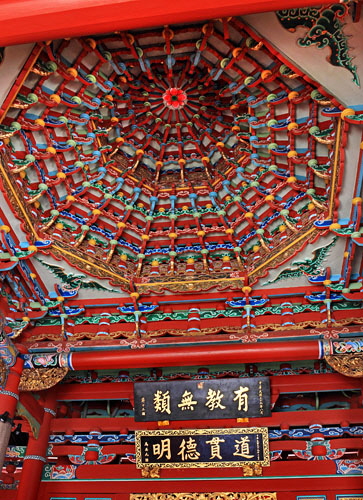
For another peaceful retreat, and scenic spot, a visit to Lin An Tai historical house is a must. It’s an 18th century typical Chinese courtyard house built by the Lin family who came to Taiwan. It was built at an auspicious location in line with good Feng Shui. Fully restored, the house itself is more a museum, with intricate wood carvings and exhibits. The surrounding gardens are exquisitely landscaped, with ponds, pavilions, step stones, and arch bridges, and is a wonderful place to relax for an hour.
Lin An Tai, Moon Pond, Water Lily
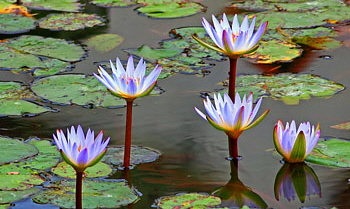
Lin An Tai, house and gardens
Intricate wood carvings
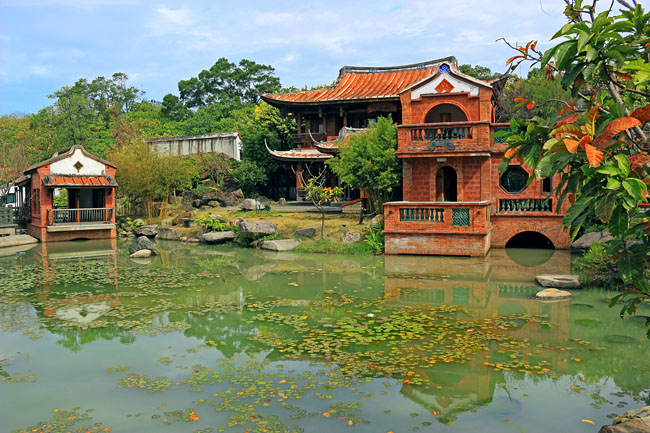
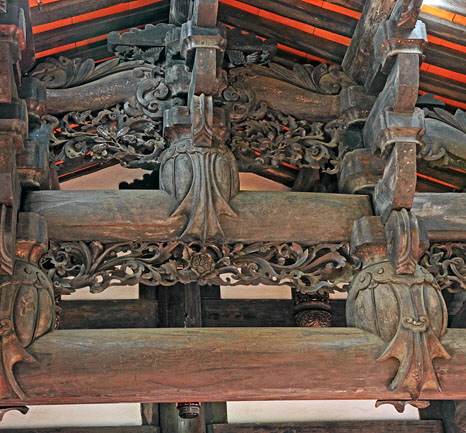
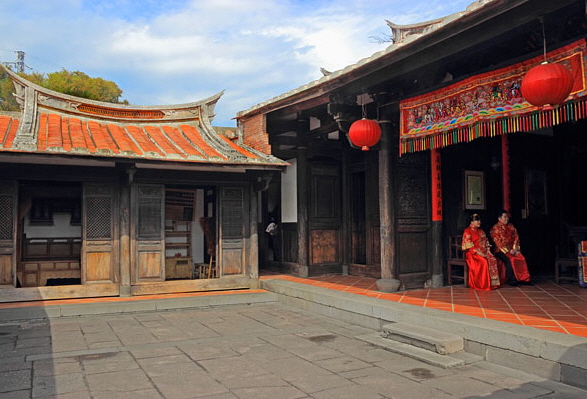
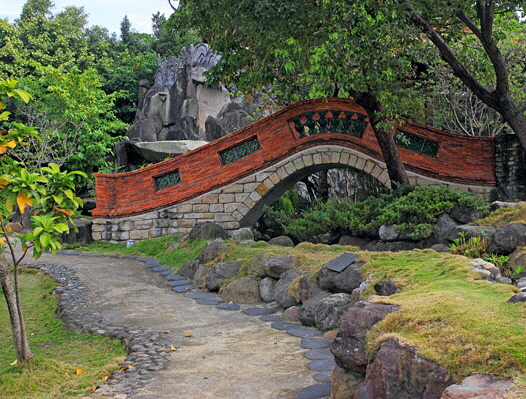
Lin An Tai, courtyard
When it come to sightseeing, Taipei’s geology is not something you put on your list. But the city sits by the foothills of a volcanic site, and thus there are natural hot springs nearby. The Beitou Thermal Valley (aka Hell Valley) on the city outskirts is a popular tourist attraction and definitely worth a look. A short walk from Beitou station, you’ll arrive at a lakeside, with rising sulphuric steam, that’s both beautiful an eerie to watch. The spring water is a jade green colour, and a walk around the viewing platform enables you to see at a safe distance.
Nearby are streams that give off the smell of sulphur, and there are warning signs telling you ‘only see’, as the waters here reach a temperature of 90 degrees Celsius.
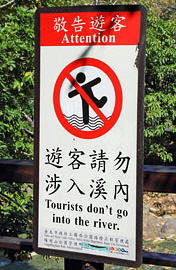
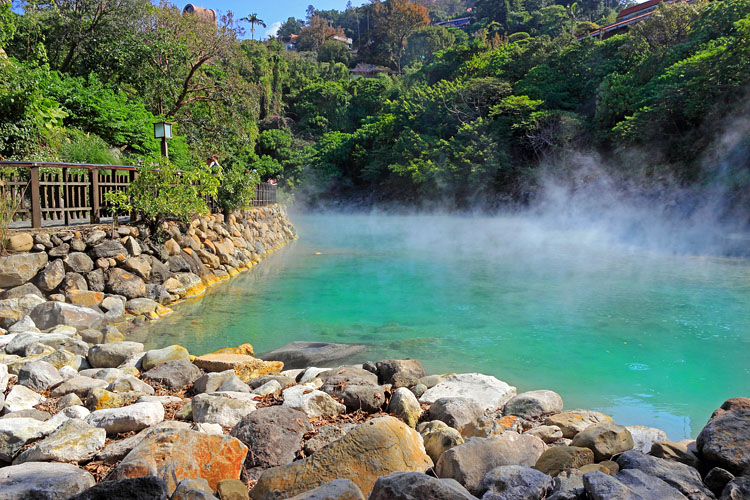
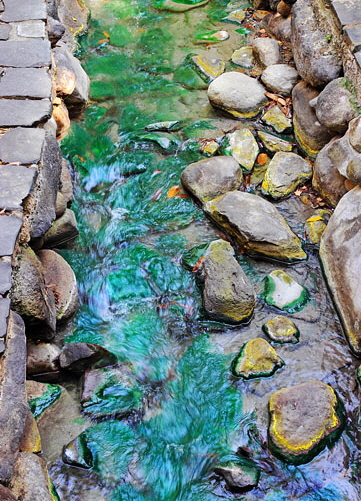
Take a lift for some stunning scenery at Maokong
One of the advantages of Taipei’s location is that you can get away from the busy city and within a few minutes be up at a mountain top, where the breeze is cooler and the scenery stunning.
One of the relaxing ways both Taiwanese and visitors alike enjoy is a the tea growing mountain retreat of Maokong. Hard to imagine tea plantations so close to a city. And the thrill of getting up there by a glass bottom cable car is part of the fun. The best way to enjoy this greenery scenery is to take a couple of kilometres walk along the roadside, with terraced tea plantations, on either side of the road. There are of course several tea houses along the way, to pause for refreshment. At the Tea Promotion Centre, you can learn everything about tea and tea farming,
tea tasting and of course buying.
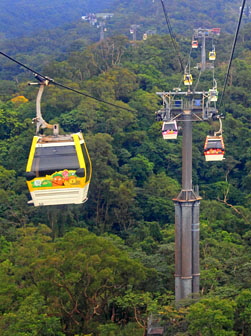
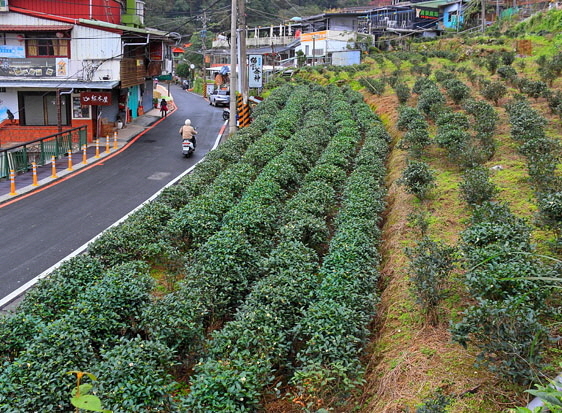
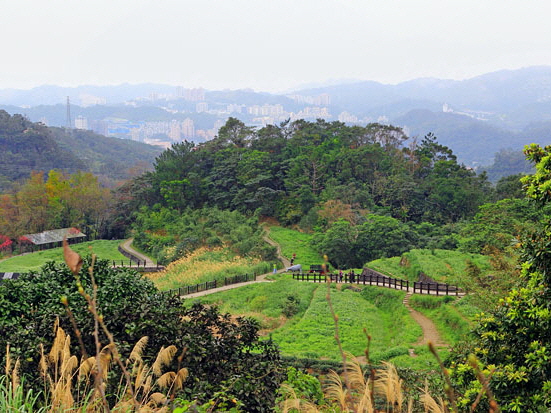
For a good city view from above, take a hike up Elephant Mountain. Not exactly a mountain - it’s only 190 metres high, but it’s a 1.5km trek uphill to the summit. It’s probably the best place a panoramic view of the city with the Taipei 101 building dominating the skyline. The steep walk is through natural forestry of tall trees, ferns, bird life and butterflies. Like most visitors, I went up early and in time for the sunset, and the scene was incredible. Yes, it was crowded, with cameras and phones clicking away non-stop.
Elephant Mountain trek
View from the peak
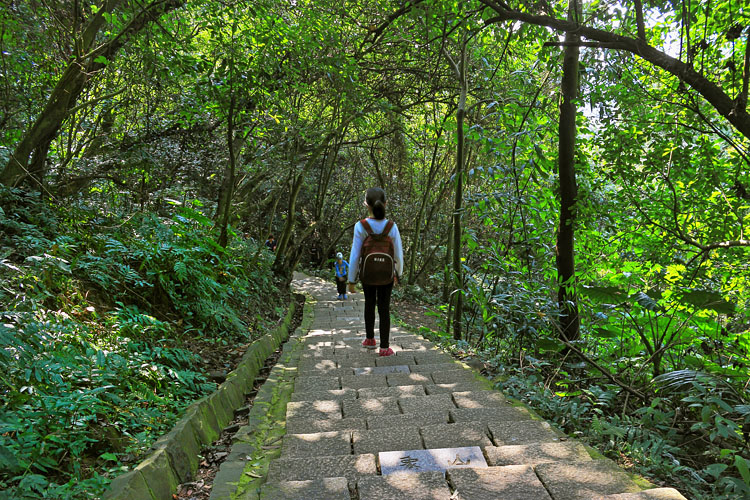
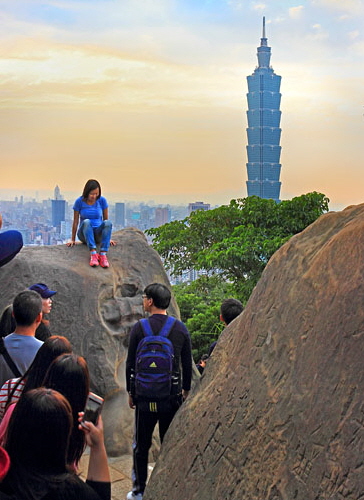
Not a lover of Zoos, I was however curious to compare it with others I’ve visited (some terrible) around the world. Considered the largest ‘city zoo’ in Asia, it did pleasantly surprise me to see the larger animals in wide open spaces. For example, there were giraffes roaming in areas that had plants and trees brought in from Africa to keep them as close as possible in its native habitat. The zoo also has beautiful gardens and flora. For those who have not been upclose to giant Pandas, there are several you will be able to see. It was also nice to see large birds and Peacocks wandering about freely, some even perched on benches with visitors, hoping for a snack (although it is strictly forbidden to feed).
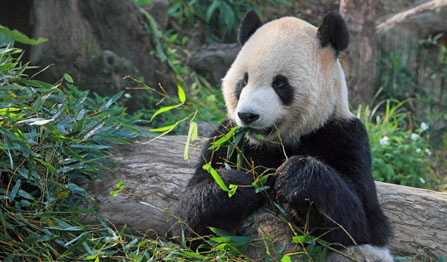
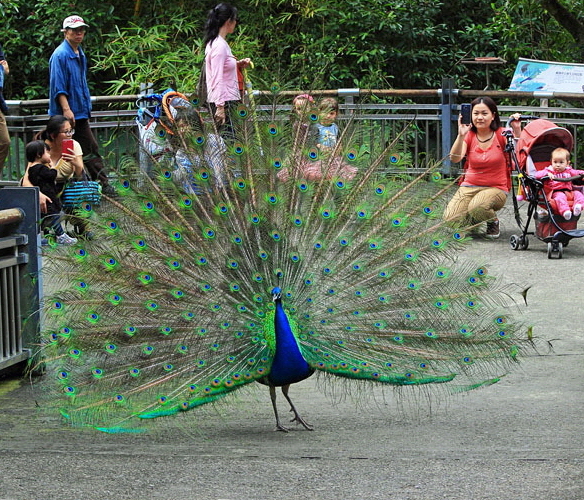
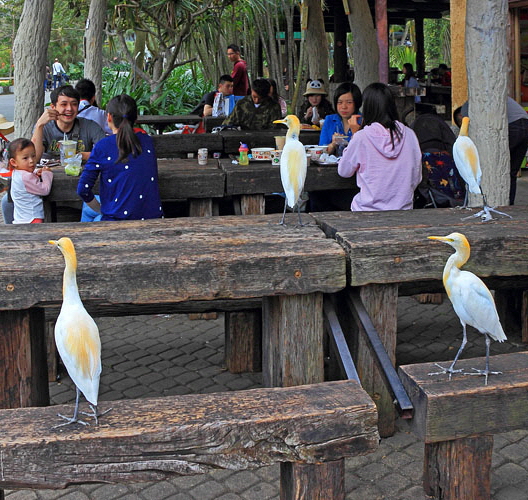
When it’s ‘feeding time’ for humans, then Taipei could be considered one big restaurant. Day or night, fancy dining venues, food courts, street food stalls, and night markets flourish almost everywhere. Due to the immense variety, it is good idea to familiarise yourself with what’s on offer. I made the mistake of just walking into a night market food stall, only to encounter an overwhelming choice of food, some I’ve never seen before. Yet, I need not have worried. Everyone was friendly, and was willing to oblige me by explaining what’s what.
An abundance of seafood
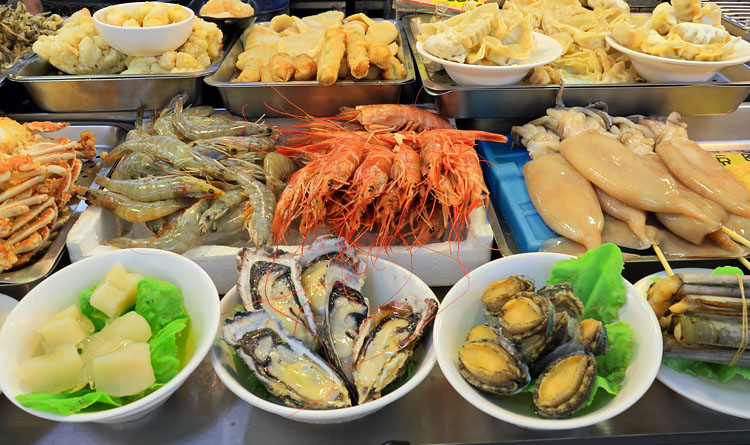
Consider Taipei one big culinary experience
Grilled Squid, beef and rice
Chicken andnoodle soup
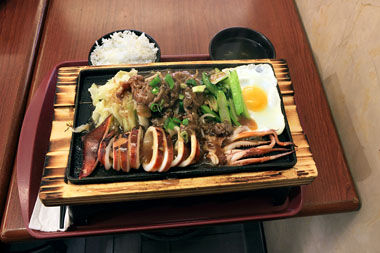
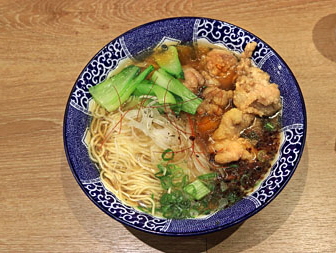
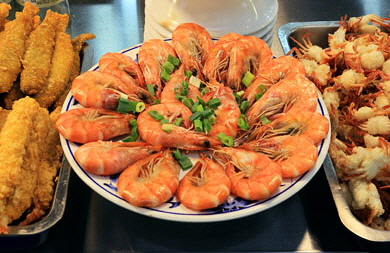

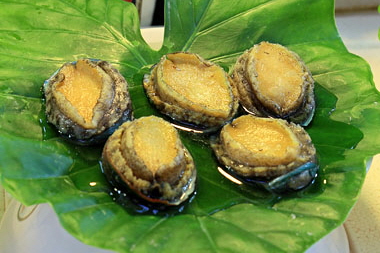
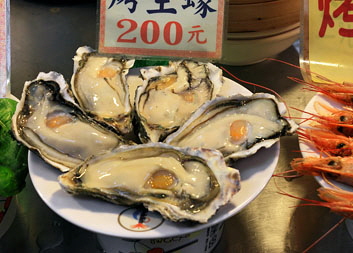
Scallops
Abalone
Oysters
Night markets are a way of life here. They are an incredible, never ending maze of streets and alleyways. Although shops and stalls sell from clothing to kitchenware to electronic goods, food is the main feature. Several, like the Raohe Night Market, Huaxi Street Market, Ningxia Market, and Shilin Night Market, are some of the best. They are also places to socialise in, and for those in a hurry - plenty to take away. The food is of course cheaper than in restaurants, and one of the ways to indulge in, is to try one or two small items at a time, like in a ‘taster menu’. Seafood displays look so inviting and fresh, you can’t help but salivating, as it’s cooked right in front of you.
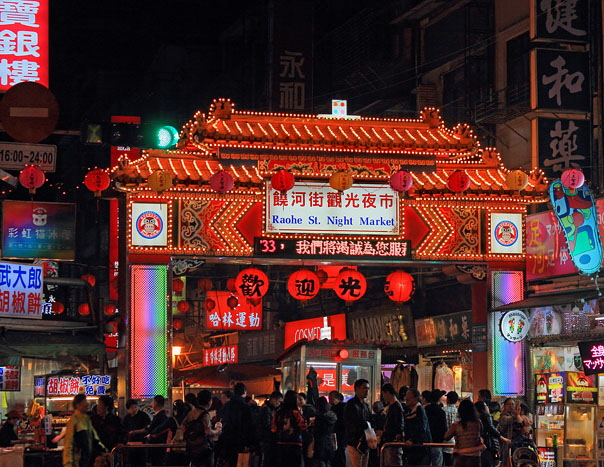
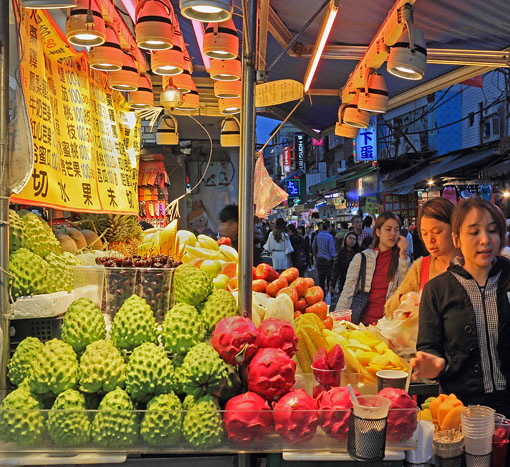
Raohe Street Night Market
Custard Apple and Dragon Fruit at Shilin Market
Not so inviting for many, but Stinky Tofu (fermented tofu), is a delicacy, most commonly served deep fried, and is not for the weak stomach. Due to its strong odour, resembling rotten food, it is more popular at roadside stalls, rather than in restaurants. If you like open air fruit and vegetable markets, the Shuanglian Market is a vibrant place to walk about, which is also near the Wunchang Temple.
Shuanglian Market
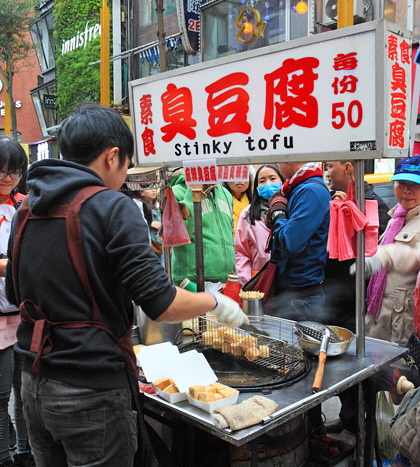
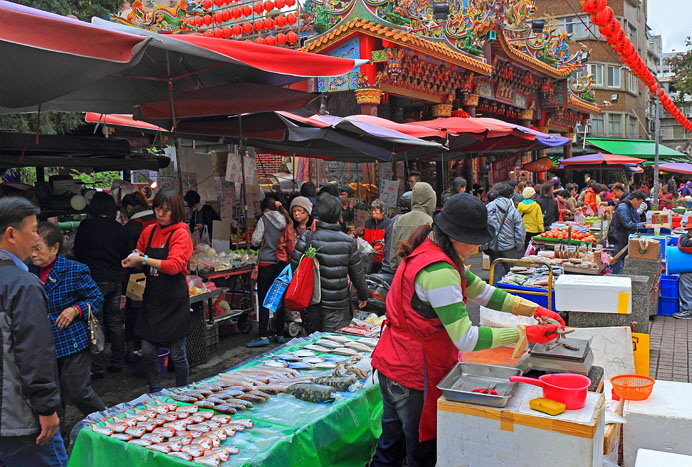
If you wish to avoid the high end establishments, yet like some comfortable surroundings to dine at, food courts and restaurants in major shopping malls are a good choice. My favourite was at the Taipei 101 skyscraper, which I could not help but come back several times for more.
A holiday in Taipei is a genuine taste of a Far East city, and a place
I would like to come back for more.
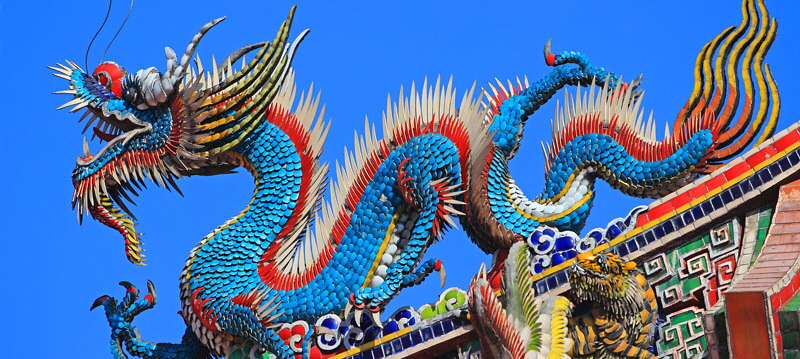
Fact File:
Getting there:
Eva Air has non-sops flights from London Heathrow, although others like, Singapore Airlines, Cathay Pacific and Emirates fly with one stop connections.
Entry requirements:
British national do not need a visa for a holiday visit.
Public transport:
Get an unlimited travel pass. The Metro (MRT) is not just efficient and cheap, it’s simply a pleasure to travel in. Everything is so clean, and commuters observe proper etiquette. And every time a train approaches, music rings out across the platform, and I could swear one of the tunes was the ‘Wedding March’. The station toilets are so clean, they even have fresh flower pots (orchids), placed around wash areas and even above urinals.
Money matters:
£1 equals 38 New Taiwan Dollars (NTD). Tipping is not necessary as most restaurants will add a 10% service charge.
Shopping:
Ximending Shopping District with pedestrianised streets, is best visited at night. All the neon advertisement signs, shops, restaurants and bars also attract the younger crowds. If you like local dry goods and Asian food shops, head for the Dihua Street Commercial District. It’s street after street packed with every kind of dry food imaginable.
24 images here ©JAYTRAVELPHOTOS
© COPYRIGHT notice. The images on this site are for viewing only.
To purchase any, for personal or commercial use, please contact us at jaytravelphotos@aol.com
